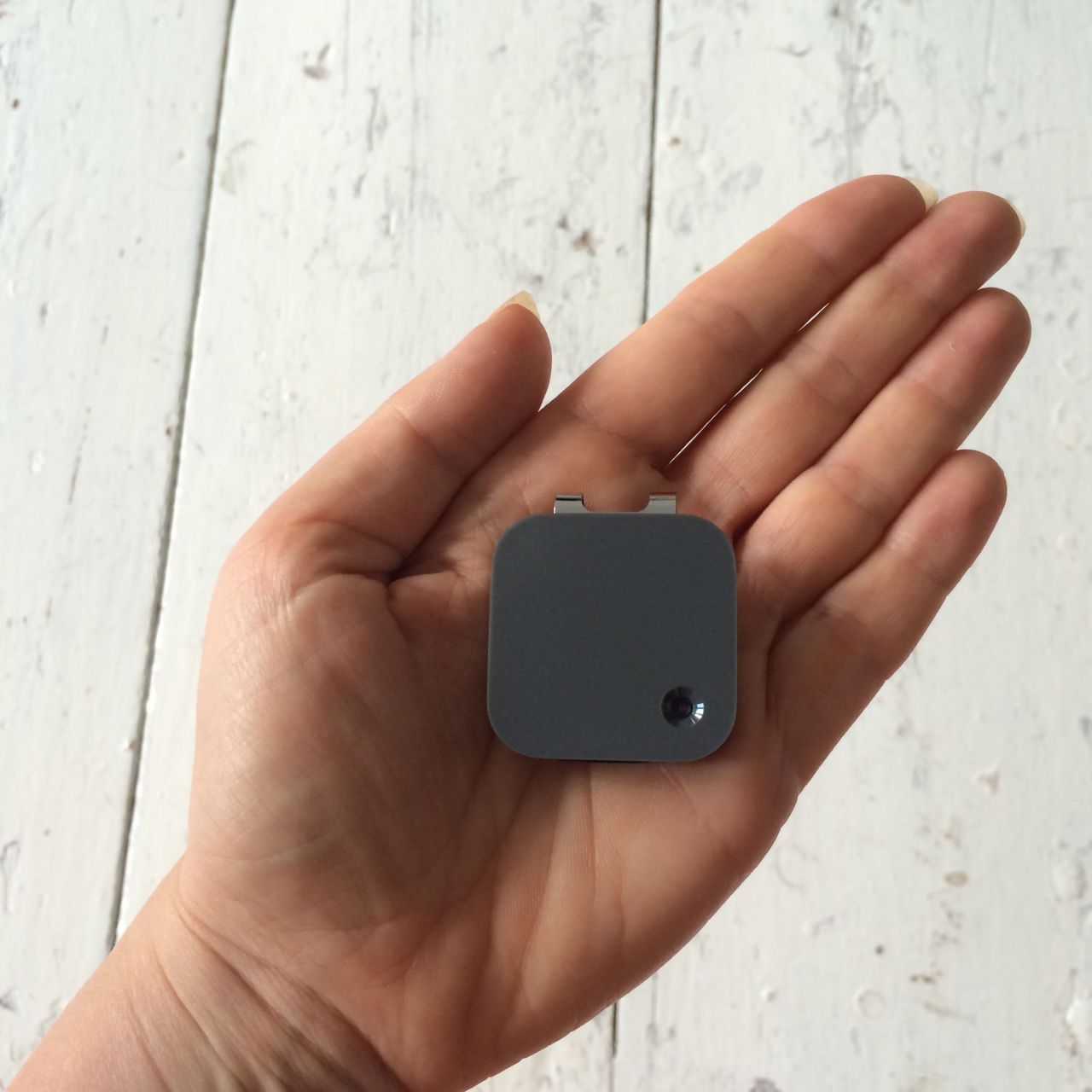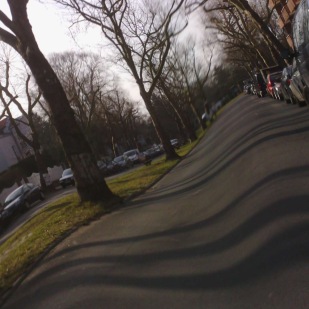This blog post has been in the making for too long. I never realized it would be this hard to say goodbye to a project – this blog – which has been such an interesting adventure in testing wearable technology and new ways of visual documentation. It’s almost as if writing the final blog post is closing the door on my sabbatical altogether, even though I’m still on leave of absence to continue researching and writing.
As many of you know, I used the Narrative Clip to document my year in Berlin. For those who haven’t yet heard of this wonderful tiny gadget: it’s a small automatic camera that takes a photo every 30 seconds. I first heard of the Clip early summer last year, got incredibly excited, and very quickly contacted the Narrative team. Not long after, I received my Clip and started blogging actively.
For writing this post, I went through all my hundreds of Narrative photos on the desktop app, which by the way was introduced during my time in Berlin. I want to share three images with you to highlight some of the qualities of the camera. Don’t mind the grey tones, the pictures are anything but grey in spirit!
First: One of the most charming features of the camera (for me) was the occasional distorted image. I was often walking or cycling, when these pictures appeared, and I found myself liking them more and more each time. Surreal, but nice!
Second: As for the quality of the pictures, the Clip works best in broad daylight. As I was often out and about in the evenings, or spending time in dark concert halls, some of my clips tend to be a bit grainy and blurry. This was one of the reasons I started using mobile snapshots in my blog as well.
Third: I always found the Clip was very good at capturing motion.
How did I wear the Clip? Most of the time I attached it to the strap of my bag, which I then wore across my chest. As I am quite short, this was not always the ideal height for the camera. Sometimes I simply held it in my hand, e.g. at flea markets and market halls, or attached it to the side of my hat, gave it for my husband to wear, and once or twice I even attached it to my bike – not very successfully though. While working in Zambia, I often pressed it against the car window when we were moving from one place to another.
Even though most of the time I wore the Clip myself, sometimes I remembered to place it on a library shelf to document what I was doing. There was also one particular dress that I loved to wear for the Clip: the button front denim dress in the first pic. I think the button front always gave extra stability for the camera.
All in all, the Narrative Clip offered me completely new angles and ideas for visual documentation. Many of the Clips I got and now cherish, I probably never would have taken myself. The biggest obstacle for using the Clip was nothing related to the Clip itself – it was my own brain. Sometimes it was so hard to let the camera do the documenting on its own, and not interfere with trying to capture certain scenes or images.
The best part is, I can still flick through all the photos either on my mobile phone or laptop. The pics have times and location, so I can take a walk down memory lane any time I want, without having to remember when or where each pic was taken.
What a journey! One year of Berlin, concerts, friends, crochet, Zambia, and research, and now it’s time to say goodbye. Thank you Narrative Team for letting me be one of your ambassadors! And thank you, dear reader, for following this blog. Hopefully you found some inspiration and courage for whatever it is that you are dreaming of in life. Dream big!
If you’re interested in following my new research project on finding Hazel Hawthorne, tune into Instagram. It’s all very fresh, and my plan is to rock the concept of research journal. Have you ever seen one in Instagram? Me neither.
PS. Narrative Clip 2 is out and it has many, many new features like video, wireless access to your photos and videos, and even multiple mounts to help you wear it in more versatile ways. Interested? You can pre-order it here. They will start shipping them this fall.







It was a very interesting experiment. I loved following it here on the blog. This year, I take a picture everyday at 5pm. I captured what is immediately in front of me, and it has been really interesting to observe certain patterns (e.g., the children’s school exams period vs the school holidays). I also adapted my behaviour, when I noticed (though the pictures) that I was spending more time indoors than I thought I did. So, the clip sounds like a very interesting device. Though, as a researcher, I can’t help thinking about ethical issues like letting people know that they may be photographed (or videoed, for the new version of the Clip), or safety issues like having time and location stamps on all of these photos, which may be hacked.
How did people react to you wearing a camera all the time? Did you notice anyone adapting their behaviour (e.g., changing places or body posture)?
PS – What do you research / write about?
LikeLike
Hey, thanks for your comment! Nice to hear you enjoyed. Your photo experience sounds like a great one! I’m sure you start seeing patterns, which then reveal certain things. Very interesting! And yup, ethical issues – I’ve had the same questions on my mind. The Clip captures motion and (I believe) is programmed to focus on people. For someone who didn’t want to photograph people as much as everything else around me, this did pose some challenges. However, due to being relatively short myself and also the way I wore the Clip (usually at the height of app. 115 cm / 45 inches), I do have a collection of photos featuring people’s backs, backpacks and sleeves. As for wearing the camera and people’s reactions, there were practically none. I would say most people didn’t notice it at all. In fact, only one person approached me directly and asked if I was wearing a camera. This happened at a crafts market in Lusaka, when I was in Zambia.
I’m researching and writing about the life of forgotten author Hazel Hawthorne Werner (1901-2000). She published two novels and some short stories, mostly in the 1920’s and 30’s. Btw, she also travelled to Germany to spend some time there! I’d like to move her story from footnote in other people’s biographies to the center of the historical narrative.
LikeLike